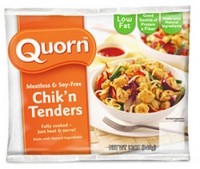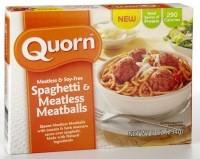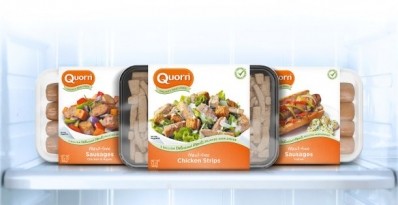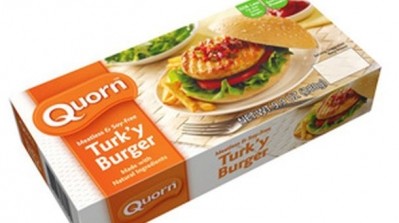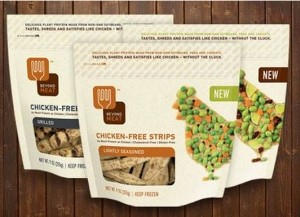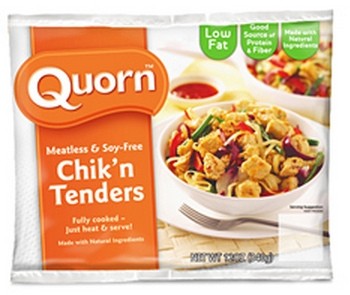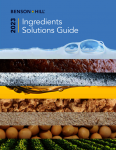FDA issued letter of no objection to GRAS notification for Quorn in 2002
Claims that Quorn mycoprotein is unsafe 'lack scientific credibility', says meat substitute maker
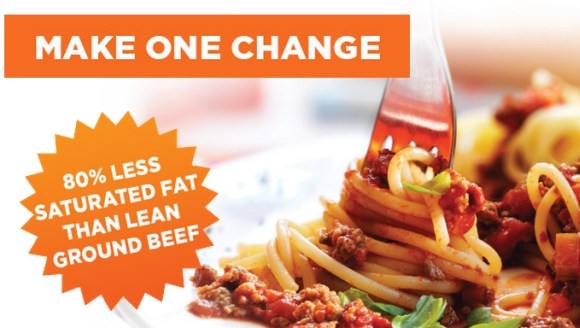
Made from an edible fungus (‘mycoprotein’) grown in the UK using a controlled fermentation process, Quorn was launched in the US in 2002 after the FDA issued its then-owner Marlow Foods with a letter of no objection to its GRAS (generally recognized as safe) notification.
High in protein and fiber and low in saturated fat and calories, Quorn has done particularly well as a poultry substitute, and is now available in chains including Wegmans, Ahold, Walmart, Kroger and Target.
CSPI: Quorn linked to life-threatening anaphylactic reactions
But the CSPI says the FDA should revoke its GRAS status, or at the very least insist that Quorn products carry warning labels alerting consumers to the risk of a serious allergic reaction.
In a statement issued Monday, CSPI executive director Michael Jacobson said: “Since Quorn’s introduction we’ve collected more than 2,000 adverse reaction reports from consumers who have eaten Quorn. Some have had nausea, cramps, or diarrhea; others have vomited so forcefully they’ve burst blood vessels in their eyes. Others had life-threatening anaphylactic reactions.
“And two deaths—one in California and the other in Sweden—appear to have been caused by the meat substitute.”
Quorn Foods: All proteins cause reactions in a certain percentage of the population
But Quorn Foods USA general manager Sanjay Panchal told FoodNavigator-USA that these comments were highly irresponsible and that there was "no evidence" that Quorn was linked to death.
While a certain proportion of consumers will experience an adverse reaction to almost any protein or fiber, and Quorn is no exception,"claims that Quorn is an unsafe product have been proven inaccurate and lack scientific credibility", he added.
"Quorn Foods takes all customer concerns seriously, and investigates them thoroughly. Our food meets stringent safety standards of food safety regulatory agencies worldwide, including Health Canada, Food Standards Australia New Zealand and the Food Standards Agency in the UK, as well as the FDA. We voluntarily and extensively test our products, and have for decades, to ensure the safety of our customers.
"Quorn’s main ingredient - mycoprotein - is not classified as an allergen in the U.S. or the 14 other countries where it is currently sold."
Quorn senior advisor David Wilson added: "In the last five years, the annual intolerance complaint rate is less than 1 per million servings of Quorn product. This compares extremely favorably with soy and wheat with an incidence of about 1 in 200 of the general population and with egg and milk in the range of approximately 1 in 100.
"All Quorn complaint data is regularly shared with the FDA and other food regulators, who support that Quorn is a safe and well-tolerated product."
The Anaphylaxis Campaign can find no evidence to verify the CSPI’s contention that Quorn is a common food allergen
Meanwhile, a 200-person study cited in a Washington Post article which found that nearly 5% of participants reported feeling ill after eating several 'test meals' was "outdated" and "misleading", claimed Wilson.
"CSPI [which references the Washington Post article in its statement] is referring to an early small study carried out in 1977 by Rank Hovis McDougal but misinterpreting the conclusions. However, perhaps the most objective analysis of these CSPI conclusions can be found on the website of ‘Anaphylaxis Campaign’, a UK charity dedicated to consumer safety in vulnerable allergic individuals.
"They state that: 'In our view, based on current knowledge, the dangers of Quorn seem to have been over-stated. Allergy to Quorn is bound to exist, but its prevalence would appear to be low. The Anaphylaxis Campaign can find no evidence to verify the CSPI’s contention that Quorn is a common food allergen. In 2003 our database of 7,503 people included only one person with suspected Quorn allergy. In 2010 the number was two.'"
In a letter to Marlow Foods written in January 2002, the FDA says the company had submitted several human studies showing that "mycoprotein is well-tolerated", while adverse event reporting in Europe suggested an incidence rate of between 1 in 130,000 consumers (in 1999) and 1 in 146,000 consumers (in 2000), with the adverse reactions of a "primarily gastrointestinal" nature.
Health Canada accepted mycoprotein as safe and approved it for sale
Asked about research conducted into reactions to Quorn, Wilson added: "A summary of clinical studies was published by Miller and Dwyer in 2001. In addition, the thesis of Shand (2002) at the University of Edinburgh, UK, examined in great detail the possible causes of intolerance to mycoprotein and concluded these to be ‘idiosyncratic’ and thus reassuring.
"More recently, Marlow Foods convened an expert panel in 2011 to review all complaints and published data. The panel again concluded that Quorn mycoprotein is a safe and well tolerated food. Finally, and most recently, a submission of all food safety data was made to Health Canada in 2013 who after review accepted mycoprotein as safe and approved it for sale."
Class action lawsuit
A 2009 class action lawsuit filed by the CSPI in Connecticut accusing Quorn Foods of failing to alert consumers to the risk of allergic reactions on labels was dismissed in May 2011 on “what we feel are wholly incorrect legal grounds”, CSPI litigation director Steve Gardner told FoodNavigator-USA at the time.
“Our client decided against an appeal, to my disappointment as an advocate but to my satisfaction as her lawyer.”
Judge John F. Blawie of the Stamford/Norwalk District Superior Court in Connecticut said it was up to the FDA to decide whether Quorn should carry a warning label.
What is Quorn?
Quorn mycoprotein is derived from an organism found occurring naturally in the soil in a field in Marlow, Buckinghamshire, UK (Fusarium venenatum strain PTA-2684) in the 1960s.
Today it is produced on a commercial scale in large tanks using a continuous fermentation process fed with glucose, vitamins and minerals before being heat treated. When it is extracted, flavorings are added along with egg white for binding so it can be shaped into nuggets, tenders and cutlets.
While it’s from the fungus family, it’s not a mushroom, said Panchal, who said growing protein in big vats is more sustainable than raising animals.
"Quorn is a single cell micro-organism, a mycoprotein from the fungus family, produced using a fermentation process very similar to brewing; only we're interested in the solids as opposed to the liquid.
"So if you can wrap your head around yeast, beer or yogurt [which are also manufactured via a fermentation process], you can understand Quorn," he added.
“We’re really proud of what we do.”
